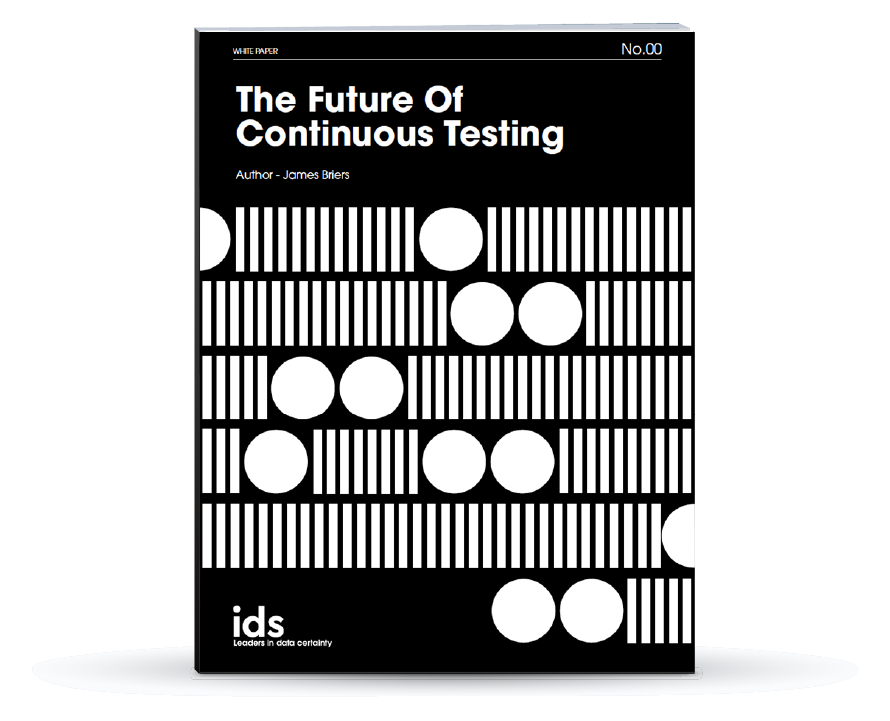What Are the Key Data Validation Steps?

First of all – What is Data Validation?
Data validation provides the mechanism for checking the accuracy quality and authenticity of your data, typically performed prior to moving or migrating data.
Data validation can also be considered as a form of data cleansing, by assuring that your data is complete. Cleansing highlights blank or null values and assures that data unique and contains distinct values that are not duplicated.
Often, data validation is used as a part of processes such as ETL (Extract, Transform, and Load) where you move data from a source database to a target data warehouse so that you can combine and merge it with other data for analysis. Data validation’s key role is to help ensure that when you perform analysis, your results are as accurate as they can be.
3 Key Steps to Data Validation
1. No need for sample validation with iData.
Many data validation practices start with determining your data through a data sample. With iData, we remove the need to determine via a sample set as iData can validate 100% of full data, even if you have large volumes of data.
2. Validate your database.
Prior to moving data, it is best to ensure that all the required data is present in your existing database, for the best output. Determine the number of records and unique IDs and compare the source and target data fields. Ensure that only data that is required lands in your target database and confirm that we are not accidentally removing data that is required.
3. Validate your data format.
Determine the overall ‘health’ of your data and the changes that will be required of the source data to match the schema in your target. Search for incongruent or incomplete counts, duplicate data, incorrect formats, and null field values.
Overcoming the Challenges of Data Validation
Validating databases can be challenging and time consuming because data may be distributed in multiple databases across your organization. The data may be siloed, or it may be outdated. Additionally, whether you validate data manually or via scripting, it can be very time-consuming!
Validating data formats can also be an extremely time-consuming process, especially if you have large databases and you intend to perform the validation manually. However, sampling the data for validation can help to reduce some of the time needed.
Rather than have to use disparate tools and processes at the different stages of your data migration projects, iData is a blended solution providing you with an all-in one, automated ability to cleanse, validate, securely move and continuously provide assurance of your data, including your live data.
iData has removed the time consuming need to quality assure your data through data samples, with iData you have the ability to validate the quality of 100% of your data. Therefore, increasing confidence and saving large quantities of time and resource. iData also significantly reduces time and errors when used at an early stage in the data migration process.
During the assessment of your data, iData determines errors and duplications at source, and provides an opportunity to apply fixes. iData then exports, transforms and assures your data, and loads and validates when it is in your data destination.
At each stage of the Export, Transform and Load (ETL) process, iData provides you with quality assurance checks to ensure that quality is maintained throughout.
What is more, iData provides data governance on production data and identifies issues real-time on your live data input.
Discover the benefits of iData for yourself.

Learn How Continuous Testing Can Improve your Business
IDS' Chief Technical Officer, James Briers, sheds light on the solutions to approaching complex data testing projects with mechanical efficiency.


